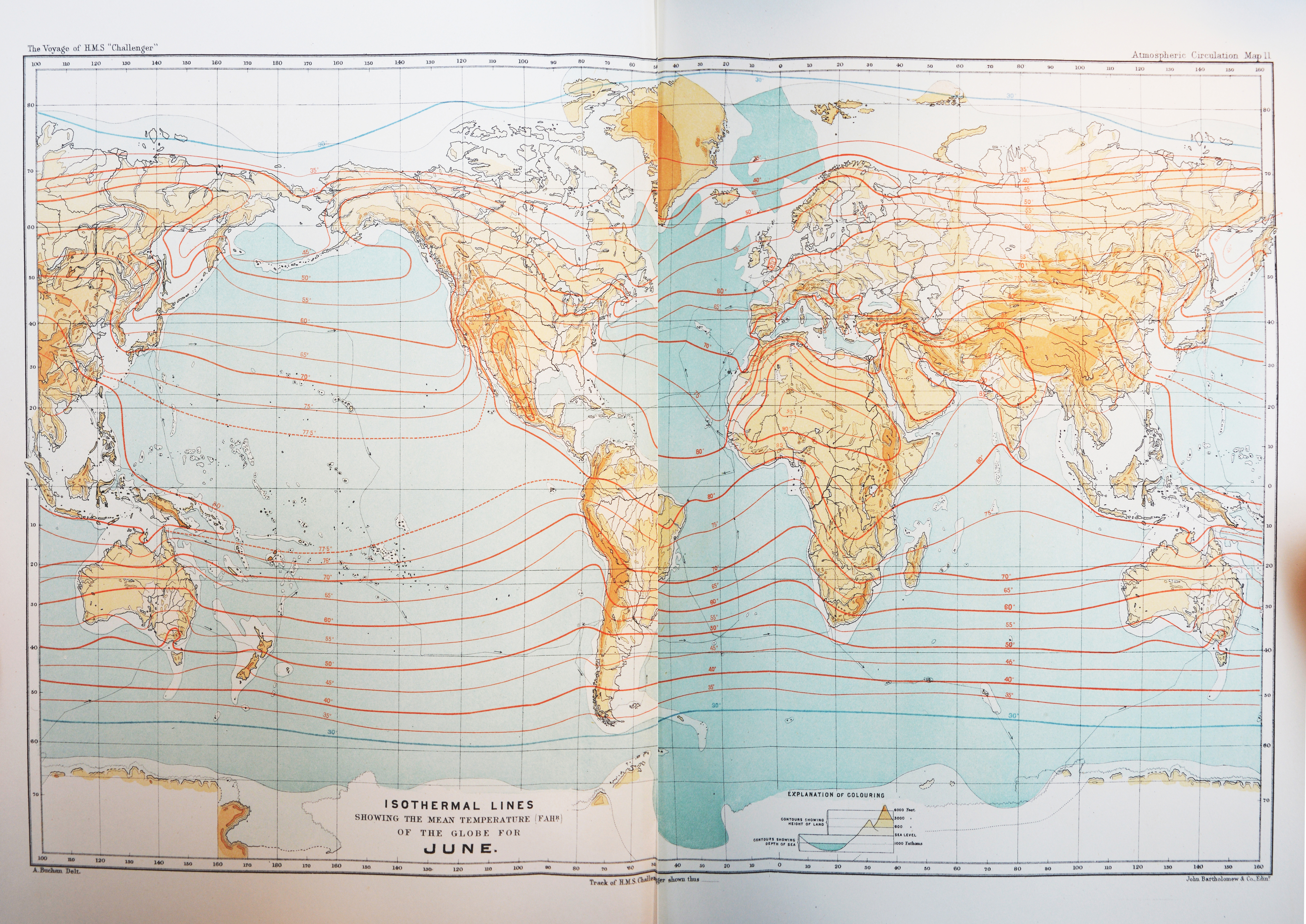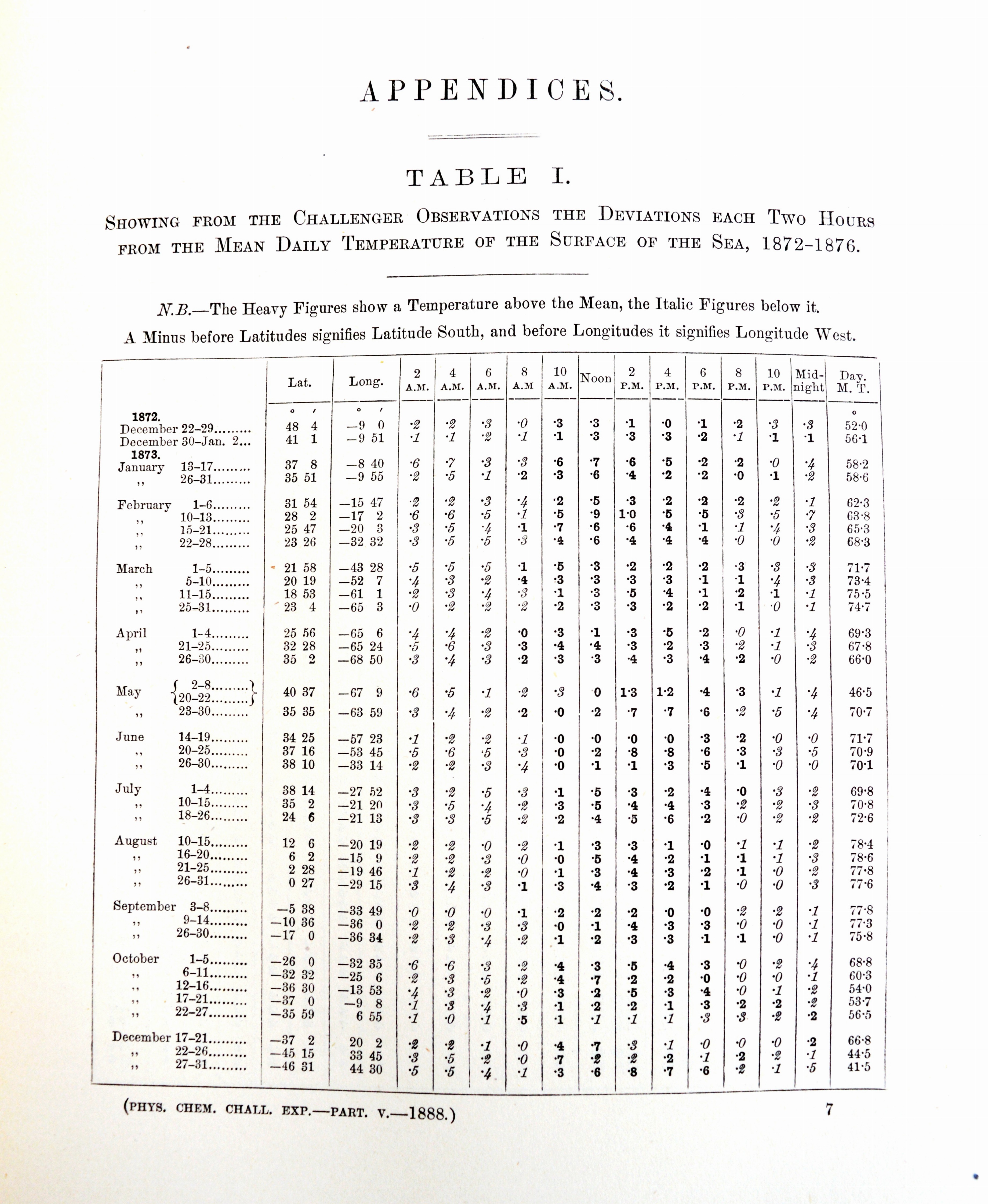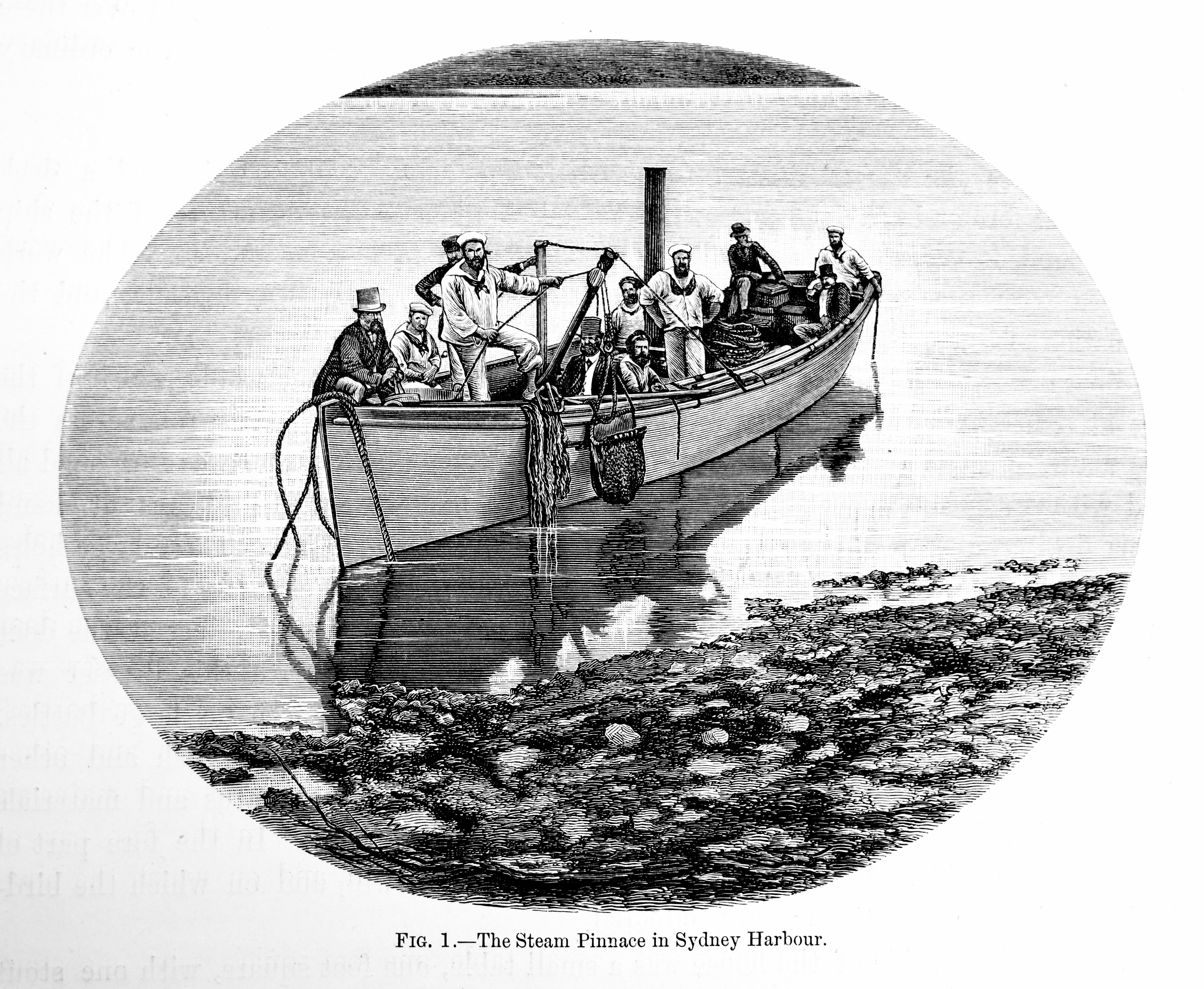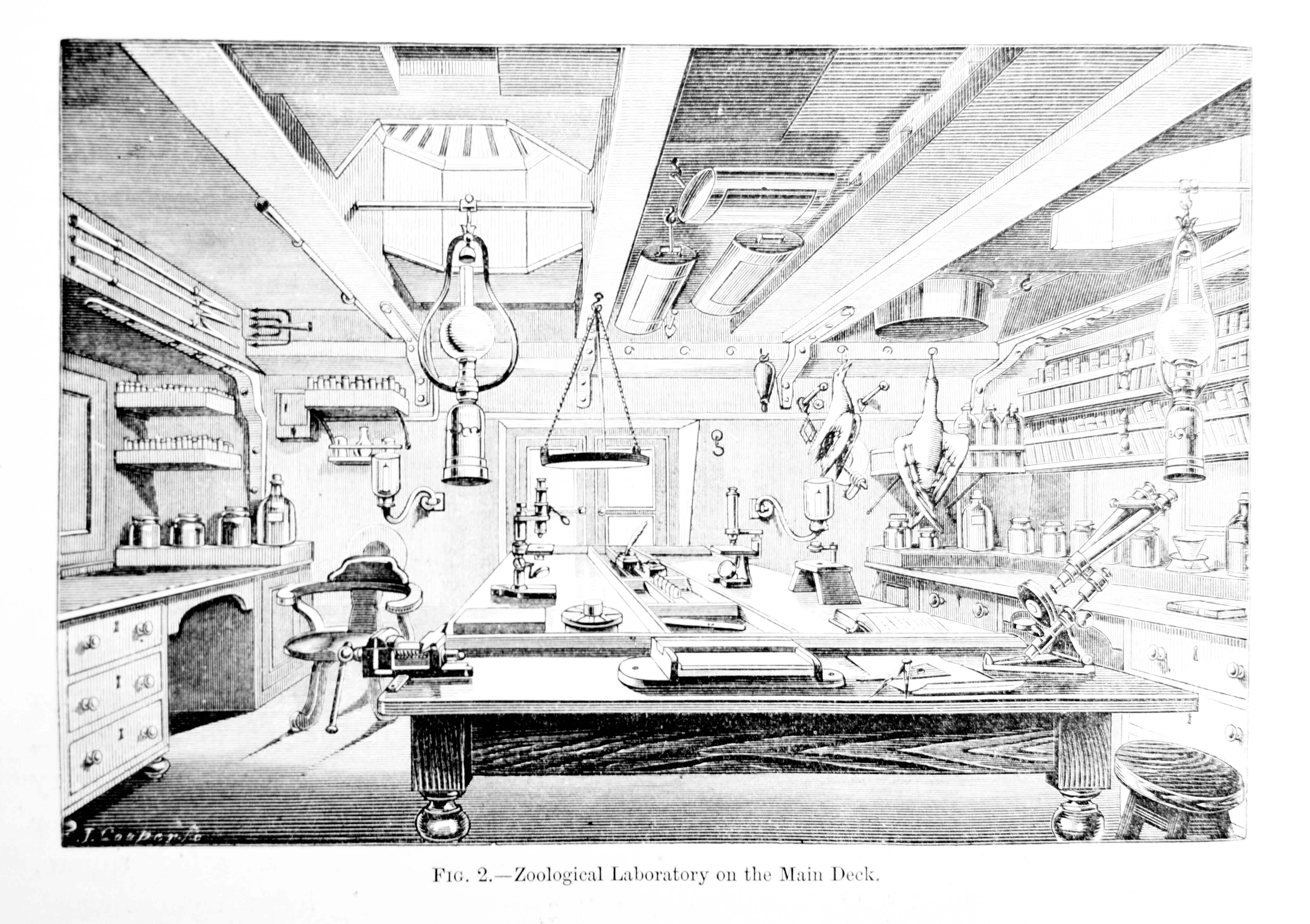Hello! This is Peter (the Challenger Project’s volunteer) writing. I’m a history student at the University of Exeter, and I’ll be working here until the end of June.

As you probably know, the Challenger project is bringing together data from museums all over the country. It’s great that there’s so much information, but it can be pretty overwhelming! HMS Challenger stopped at over 400 locations (at 354 unique stations) during its trip around the world. At each of these stations, the crew and scientists took detailed scientific readings about the sea and the weather with barometers, hydrometers, thermometers and other instruments, as well as dredging or trawling the seabed for specimens. Just the data we have amounts to well over 15,000 specimens! So far, most of what I’ve been doing is going through spreadsheets of information, matching up station numbers with data like ocean depth and temperature, or filling out taxonomic data for several hundred specimens (so far!).

Something more interesting I’ve been looking at recently, though, is the equipment used on board HMS Challenger. Though the Challenger was a corvette, a small war ship, most of her guns were removed to make way for all the scientists, their equipment, and a pair of laboratories. A small steam engine was also fitted to the upper deck, to be used as a sort of winch for towing, raising and lowering the dredge and trawl. The dredge was a net fitted to an iron frame which would be dragged along the seabed on a long rope, stirring up the bottom and scooping up samples. The trawl was a more simple net which could be used where the bottom was smoother.

The specimens brought up would be sorted in the port-side natural history laboratory, which was equipped with microscopes and a wide variety of bottles, jars and spirits in which to preserve animals and invertebrates. Botanical specimens would be pressed and dried out in a warm area near the ship’s funnel (this was found to be far more efficient than using the purpose-built press that they brought with them!), and then everything would be catalogued and put into storage in the hold.

But it wasn’t just the living creatures that they were interested in. At one point, barometer and air temperature readings were taken every two hours for a whole year! At every station, the sea temperature was taken at various depths with a special pressure-resistant thermometer, and samples of the sea floor (using a Baillie’s sounder) and sea water at various depths (using a slip water bottle or a stopcock water bottle) were brought up for analysis. This was done in the starboard-side chemical laboratory. This was equipped with state-of-the art equipment for testing what gases were dissolved in the seawater, a glass-blowing bench and a hanging spirit lamp, designed to heat substances without spilling them in rougher seas.
